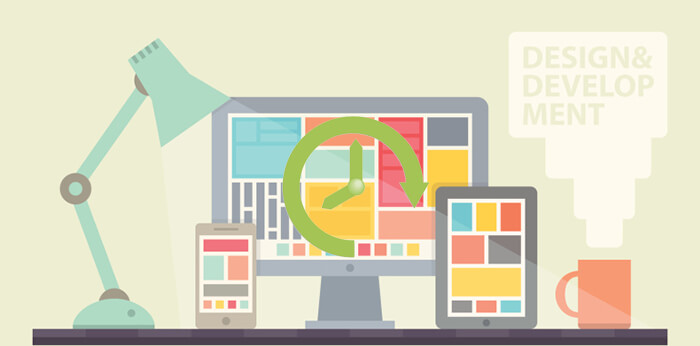Increase Conversions and Search Rankings with A Faster Website
It seems that everything these days is driven to speed, and website loading time is no exception. Search engine users expect and demand fast loading sites, and are just as inclined to click off a pokey, slow loading site as they are to wait patiently for it to load.
The search engines are all about delivering a better user experience, and will reward faster loading websites with improved rankings. Besides better showing in the search engine results, websites that load faster also tend to see more traffic and earn a better conversion rate than their slower loading counterparts. According to the Aberdeen Group, a one-second delay in page loading time results in.
- An 11 percent decrease in page views.
- A 16 percent decrease in the level of user satisfaction.
- A 7 percent drop in conversions.
Almost half of all users expect a web page to load in no more than 2 seconds, and 40 percent are more likely to click off a site if it takes longer than 3 seconds to load. The key takeaway here is simple: faster web page loading time equals better search rankings, more traffic, and increased revenue.
Faster Loading Tip #1: Fix Your Broken Site Links
Every time a broken internal link is found, a 404 or 410 error message is generated which results in wasted time getting your content in front of the user. Brokenlinkcheck.com offers a free tool to help you validate both internal and external links and shows their precise location within your HTML code for easy fixing.
Faster Loading Tip #2: Limit the Number of Files Needed to Display Your Site
With every visit to your website, all of your site files are called up and sent to the visitor’s browser including CSS, Javascript references, WordPress plugins, and image files. Improve your site’s loading speed by removing unnecessary or outdated files.

Faster Loading Tip #3: Optimize Your Website’s Images
Be sure to make the images on your site as small as possible and don’t force your visitor’s browser to have to resize them. Images tend to contain a lot of unnecessary data that can increase file size and slow page loading time. Choose an application like Picnik or Image Optimizer to compress and optimize your images for faster loading. JPEG is the best format choice; PNG is a close second although some older browsers may not support it. Avoid using BMP or TIFF formats if at all possible.
Faster Loading Tip #4: Tweak Your Server to Allow for Compression
Larger pages naturally take longer to load. You can dramatically speed things up by zipping, or compressing, larger page files with a handy tool called Gzip. This process reduces the page bandwidth, which in turn reduces HTTP response and decreases loading time. According to a study by Yahoo, compressing files in a Gzip format can reduce download time by up to 70 percent.
Faster Loading Tip #5: Add A CDN
Consider using a content delivery network (CDN) to improve your website’s speed and overall performance. A CDN is basically a network of servers that replicates the assets of your site and delivers them to visitors across the globe from the closest server.
Faster Loading Tip #6: Add Your Functionality-related Files Last
Your website visitors won’t need to be able to interact with your content before they get a chance to read it. Load any files needed for visitor interaction such as tabbed widgets last. This will get your actual content in front of visitors faster, enabling them to absorb your content while the functionality files catch up.










